Give Me Film or Give Me D… D… Digital!
February 4, 2018
Film is alive. I think. Kodak Ektachrome is now back! The once popular and visually distinctive 35mm film so often seen in the pages of National Geographic was discontinued in 2013. At the time, it appeared that another death nail had been driven into the spine of analog as the Rise of the Machine and the Age of Digital Photography continued overtaking the world. But just five years later, it’s back in full glory and marks film photography’s continuing re-emergence.
Go to brick-and-mortar and online photography stores and you’ll see Kodak, Fuji, Illford and other films, including AgfaPhoto, Cinestill, Foma, Lomography, Rollei, Revolog, Kentmere and more. Yes, digital is cheaper, more flexible, more forgiving and certainly easier to work with, but film is attracting new audiences and reviving old ones given its special qualities and properties, and in my view, given the sheer pleasure and experience of shooting film.
My photographic journey originally began in 1984 when I graduated from college. My sister and her husband-to-be presented me with a Minolta X570, introduced into the market the year before. That very capable 35mm film camera delivered photos of many moments, including lovely prints of my wife-to-be and our little toddler. Like most, I eventually transitioned to digital (Nikon and then Sony) and my film camera was out of sight and in some mental dark room. Until just a few months ago…
Just after Thanksgiving, a friend gifted her classic (and excellent) Canon AE-1. I got as excited as the hipsters who wear that gem around their neck as a fashion statement. Canon? AE-1? Seriously? How cool is that! Except it was a bit dirty after years of non-use so I meandered down to a camera store to get it cleaned. While there, I just happened to notice a fabulous example of a Nikon F100, arguably the best-value high-end 35mm camera ever made. Another of my brother-in-laws (is there a pattern here?) had just been whispering sweet nothings into my ear about that very camera. A post on Fstoppers had already congealed my infatuation so I just had to have it, especially given the fact that I already owned some Nikon glass. Now, two months later, I’ve shot three rolls of film.
Let me share some images from a roll of Kodak Portra 160, a roll of slide film (Fujichrome Provia 100F), and a roll of Kodak Portra 400. They are the first film images I’ve made in about 17 years.
- My daughter and highly convenient model. Nikon F100, Nikon 50 1.4D Kodak Portra 160
- The tonal properties of film are just wonderful. Nikon F100, Nikon 50 1.4D Kodak Portra 160
- Young man in sun with Burberry vest Nikon F100, Nikon 85 1.4G Kodak Portra 160
- Kian, my nephew (in law) Nikon F100, Nikon 85 1.4G Kodak Portra 160
I’ve photographed a few friends and family members on a casual basis and have taken it with me to two professional shoots, just for grins. My pace has been deliberately slow. I’m learning and re-learning. How exactly does one shoot film? What about this Nikon F100, which I had never used before? Film has this radiance and imperfection that makes it exceedingly different from digital. Different in a natural way.
Above, the Kodak Portra 160 is a fine-grained film, ideal for portraits. The images above were shot in very different conditions – my daughter at dusk with clouds muting the light, my nephew (in law) photographed in full sunlight in the afternoon. Now, for some slide film from Fuji.
You’ve heard of Kodachrome, right? So both are color reversal or slide (not print) film. Kodachrome became extinct in 2009/2010. It’s great that Ektachrome is back – it would be greater if Kodachrome were back. The next best thing (or maybe better) is Fuji’s color reversal film – the Fujichrome Provia 100F Professional. Check it out.
- …father-in-law with Fujichrome Provia 100F
- My English niece (in law) Yasmin, shot standing in a doorway. The room behind her was lit. Nikon F100, Fujichrome Provia 100F
Now compare one of the same images with Kodak’s Portra 400. There could be some operator error as I had just switched rolls but the coloration, light and details are strikingly different. I find the Fuji’s Provia film absolutely stunning.
- My father-in-law shot with Nikon F100 Kodak Portra 400.
- …father-in-law with Fujichrome Provia 100F
Provia, like Kodachrome, has somewhat exaggerated color – but does it not look like real life?
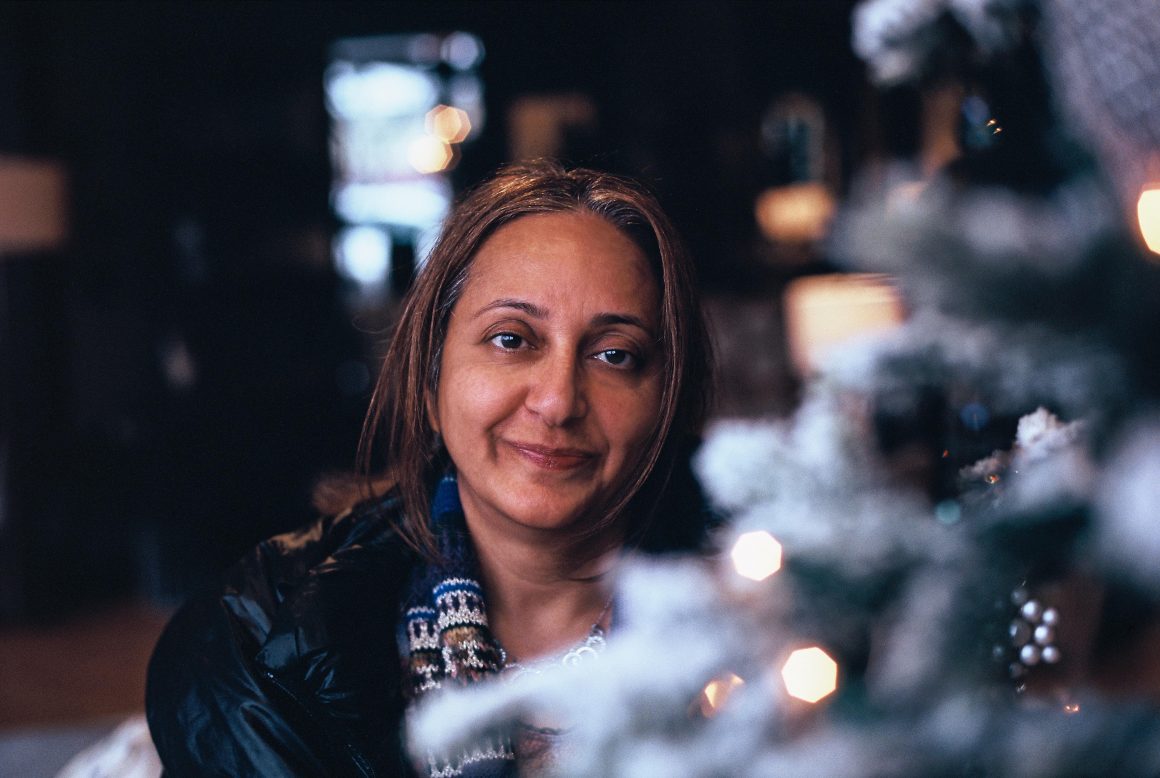
My wife – no makeup but still pretty. I’m stunned, frankly, by the way skin and details render with the Fujichrome Provia 100F.
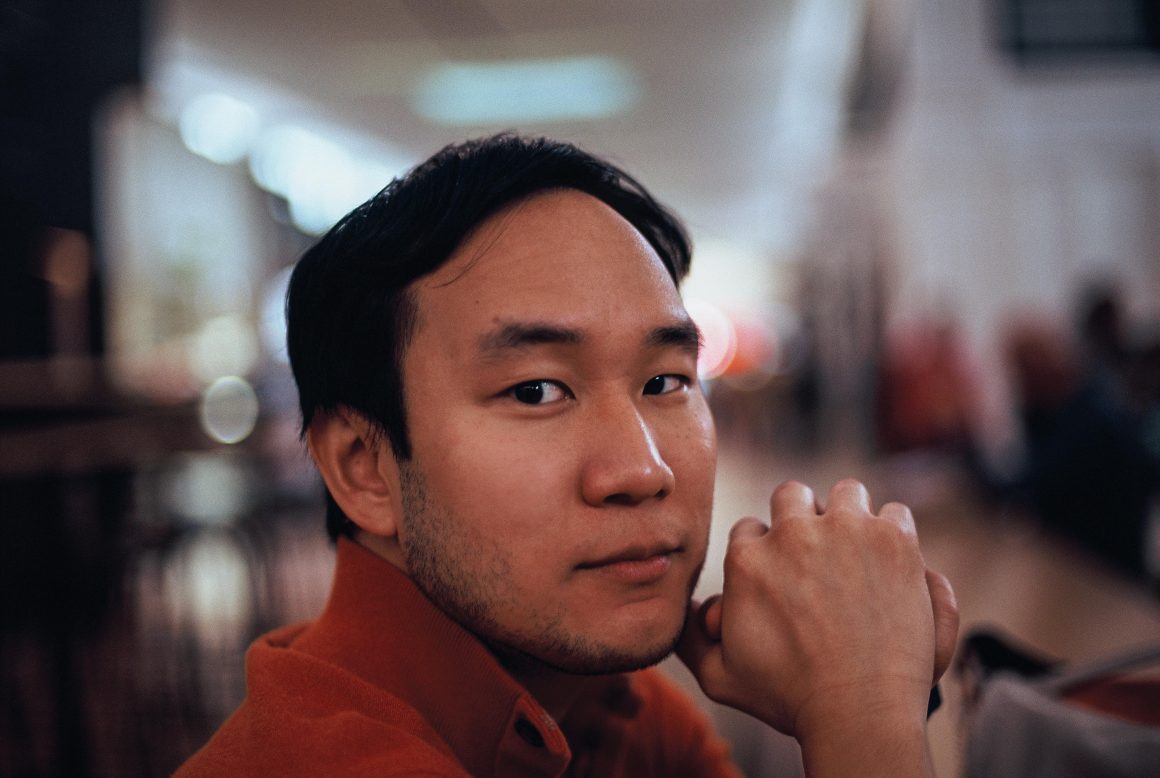
Houston attorney (and photographer) John Hwang. Fujichrome Provia 100F shot with the Nikon 100F, Nikon 50 1.4D.
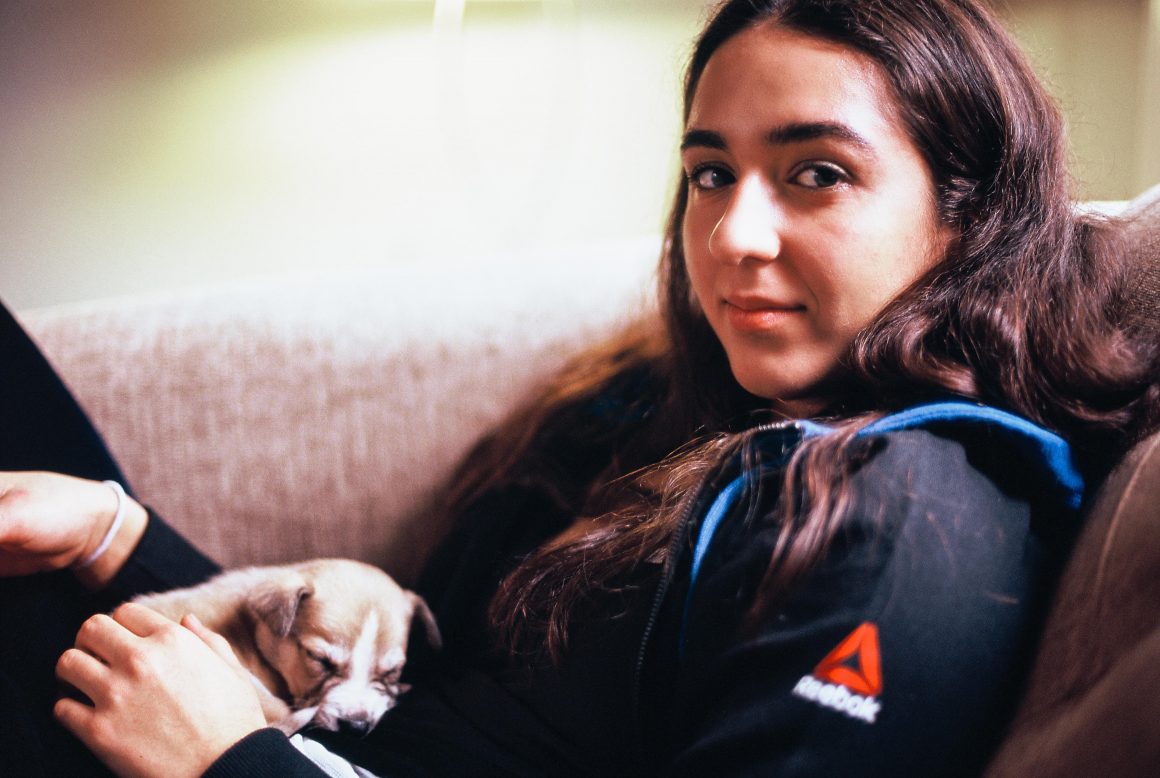
Yasmin relaxing with a friend’s half-German Shepherd/half-Pit Bull mix. Fujichrome Provia 100F.
Before we admire this Provia 100F magic too much, here’s some bad news… Fuji announced that it is no longer selling the five-roll packs of Provia 100F. Most translate this into the notion that Fuji will sell its remaining rather expensive individual rolls and then – voila – no more Fujichrome, just like Kodachrome.
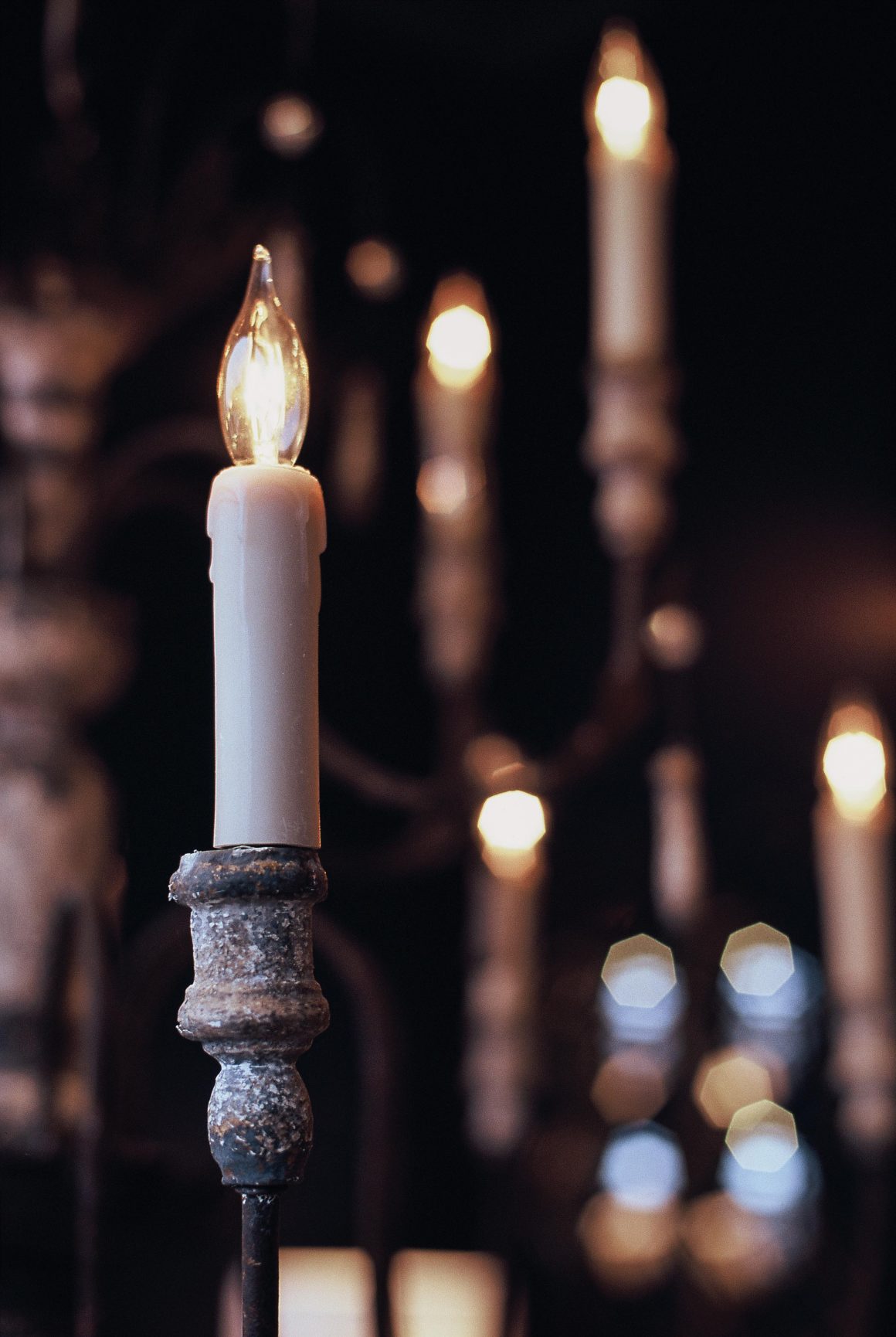
Shot in Summer Classics. http://summerclassics.com/sc-stores/chicago/
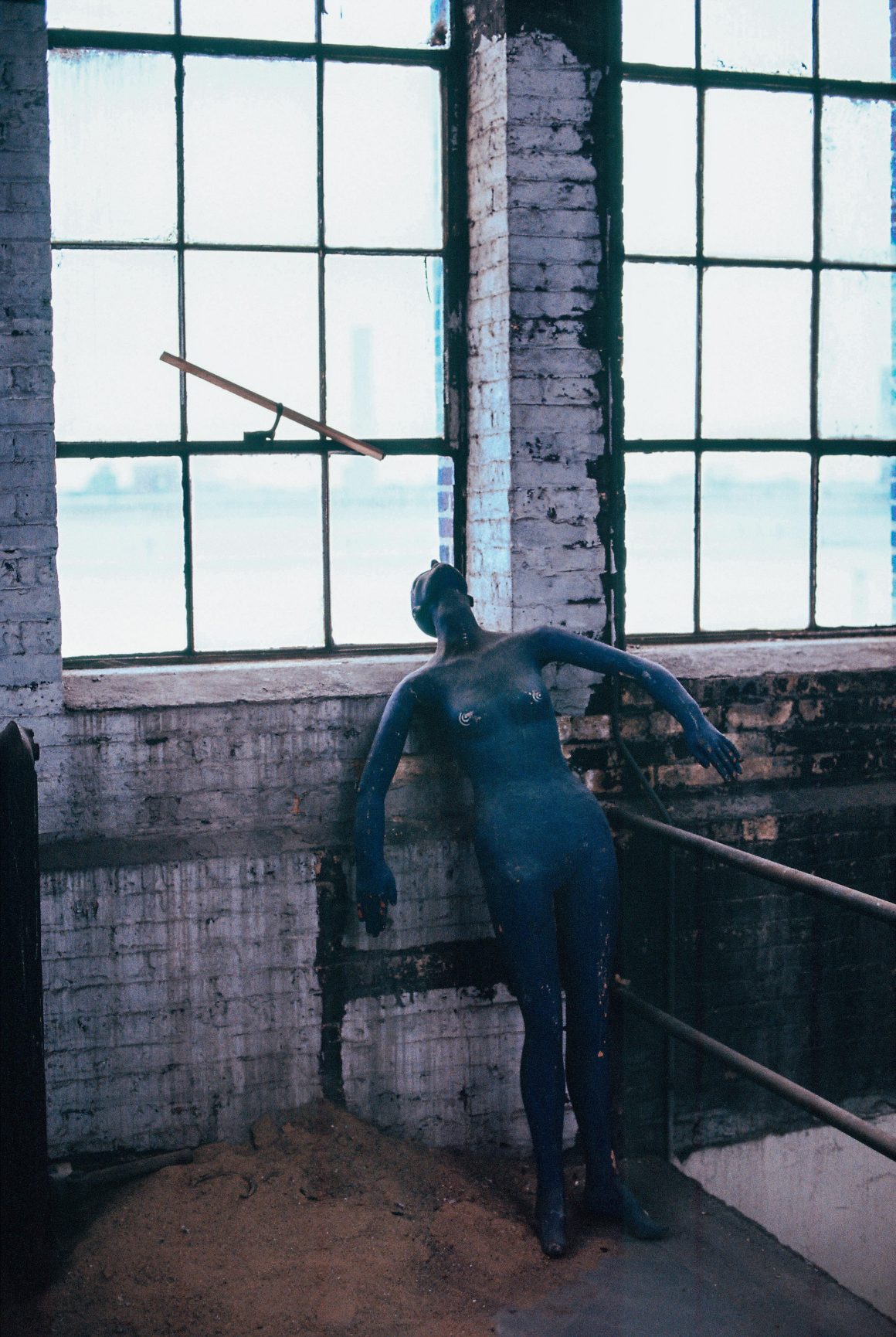
Don’t ask, don’t tell. An undisclosed location somewhere in Chicago.
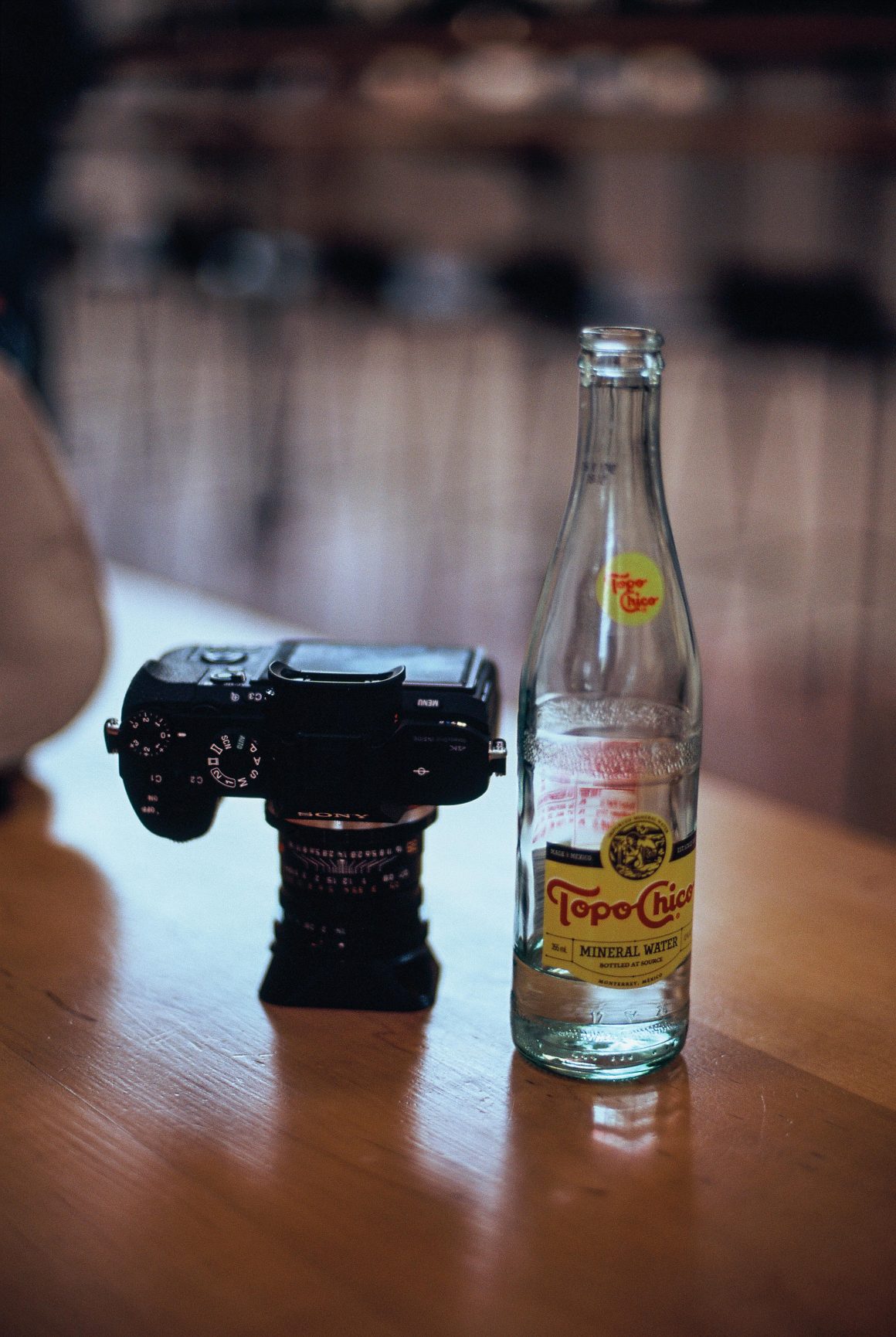
The Sony camera and Leica lens of John Hwang. Provia 100F
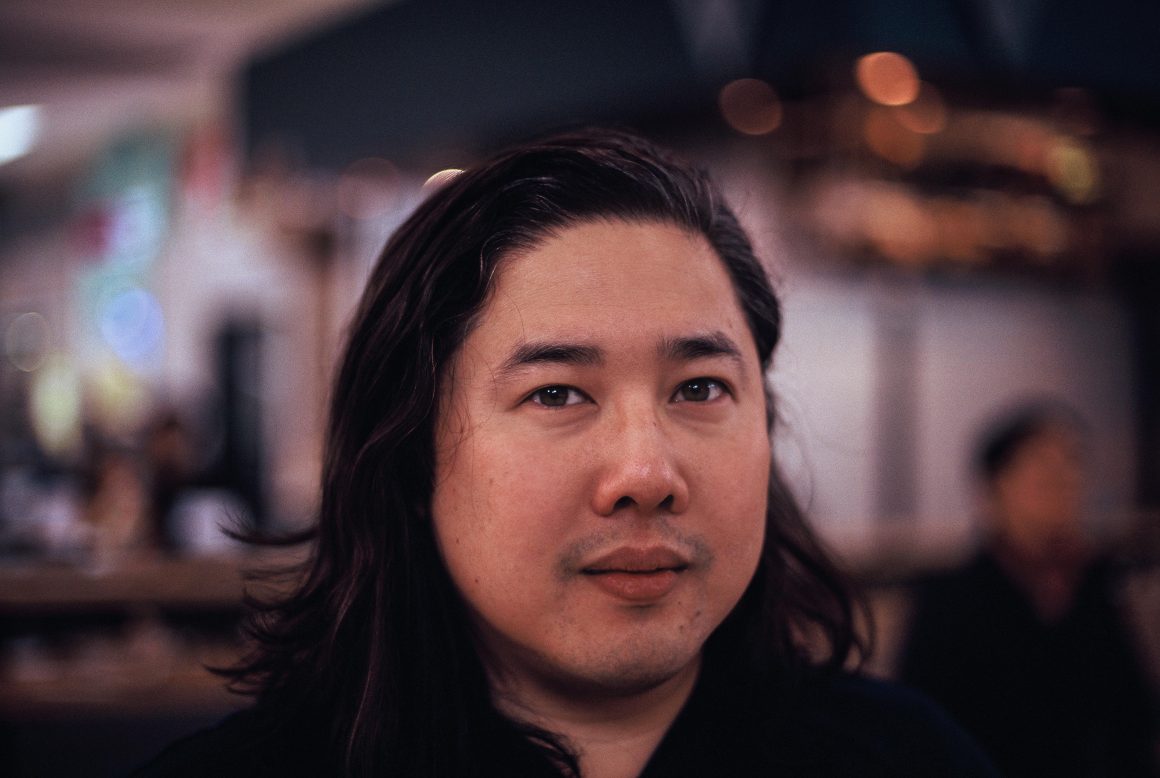
Follow Houston photographer Alan Nguyen on Instagram. https://www.instagram.com/alan8america/ Nikon F100, 50 1.4D, Fujichrome Provia 100F
Closing out, here are some images shot with Kodak Portra 400, a fine and versatile film often used in portraiture, weddings and general purpose. Included in this batch are two images tucked into a senior high shoot I did in Shreveport. I’m starting to pull out my film camera just a bit while still primarily shooting digital on professional assignments.
- What gets a girl through high school? Reading…
- Caroline will be attending Ole’ Miss. Both images with Kodak 400.

Kian and friend. Kodak Portra 400
So, do you see some of the differences between these images and those I typically take with digital? In my small world, I find that there’s some magic and mystery when shooting film. The movement from light to shadow is just mystifying. Film slows me down, makes me think, leaves me hanging, gives me zero feedback for days upon days until the images are processed. Digital is so forgiving; film can be exceedingly difficult but so romantic. Slide reversal film such as Provia 100F even more so. I’d be curious about your thoughts and would welcome any feedback. I love to shoot in both formats and consider it a great privilege to be able to photograph people and actually get paid.
If you’re interested in seeing another photographer work in film – particularly the Nikon F100 – I strongly encourage you to check out the work of Phil Kneen. Some of it is just brilliant. He also works in medium format. https://philkneen.wordpress.com/
If you’re on Instagram, Laura Darkroom works in medium format film and is always a lot of fun. https://www.instagram.com/lauradarkroom/
And working in digital, Alan Ngyuen does lots of events, lots and lots of people and some fashion. https://www.instagram.com/alan8america/
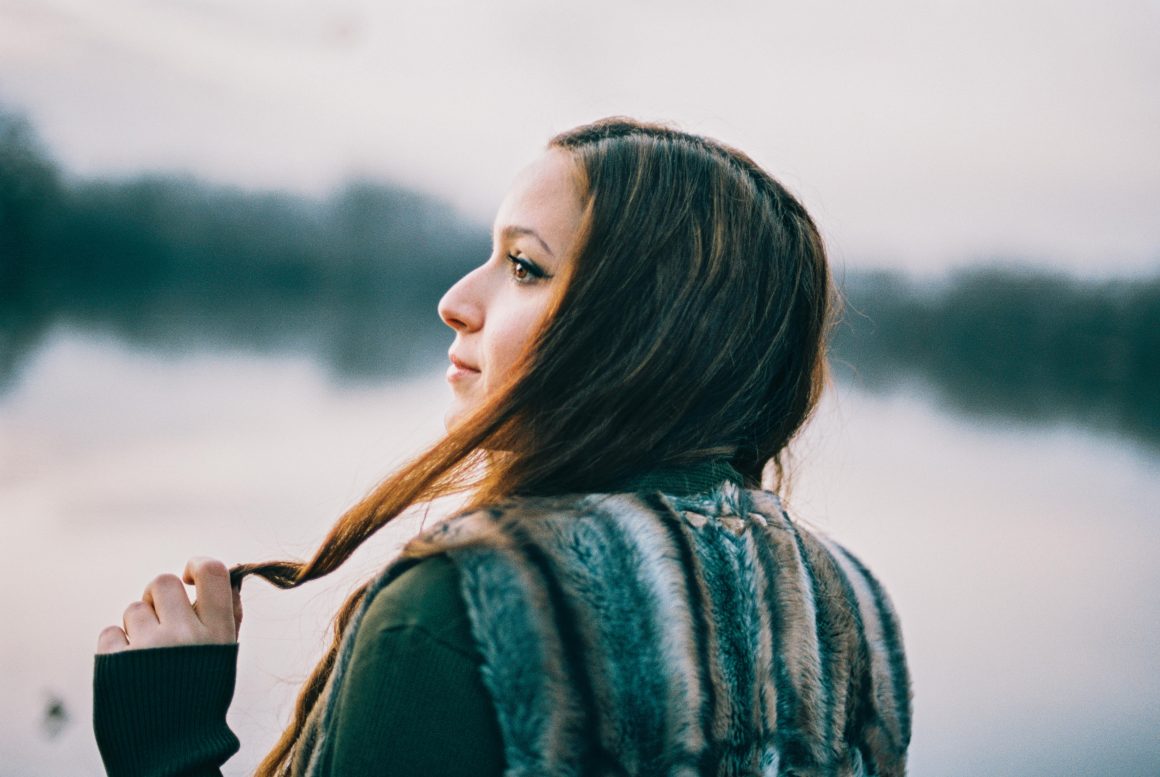
A twirl of the hair. Kodak Portra 160, Nikon F100 and the Nikon 50 1.4D.

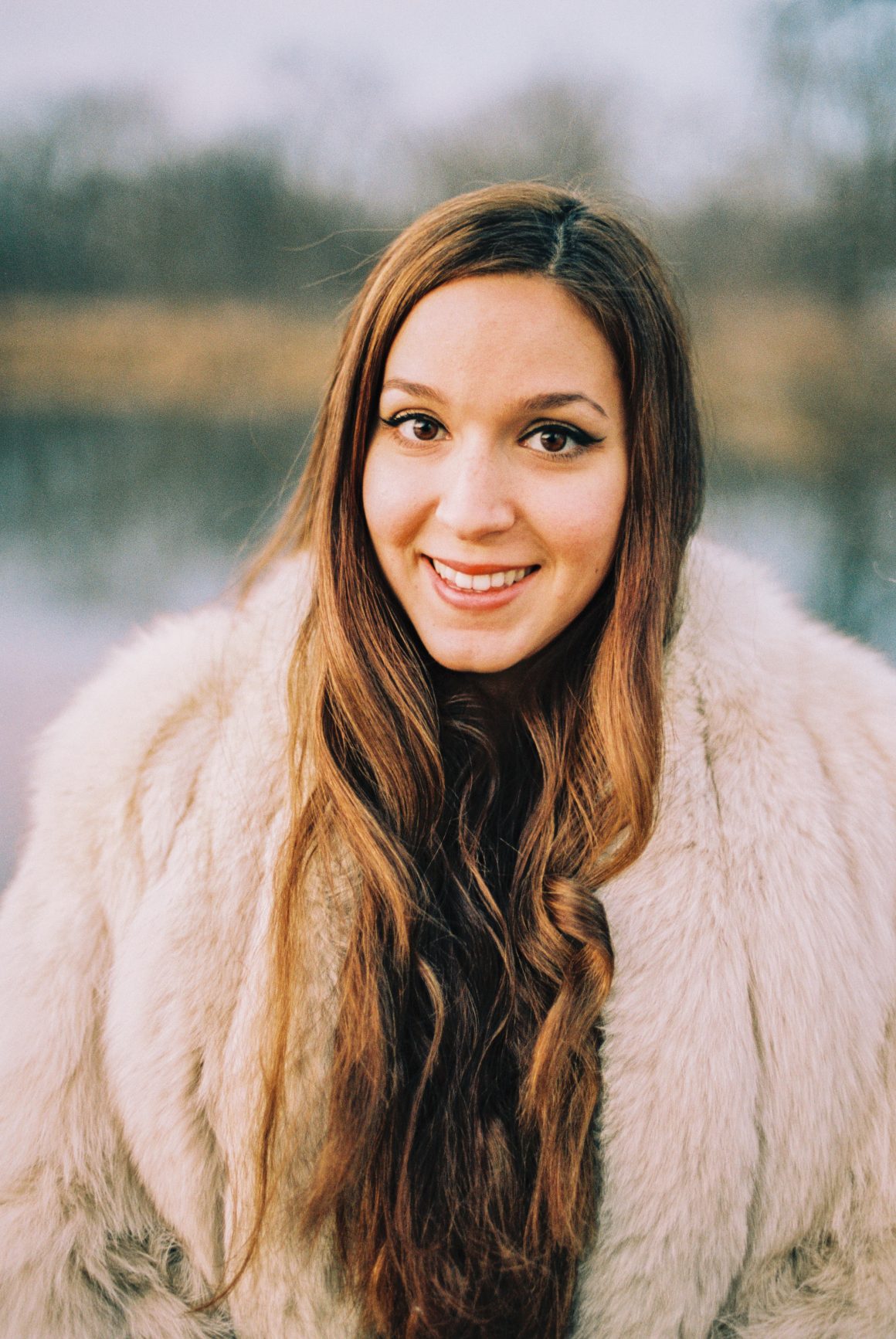
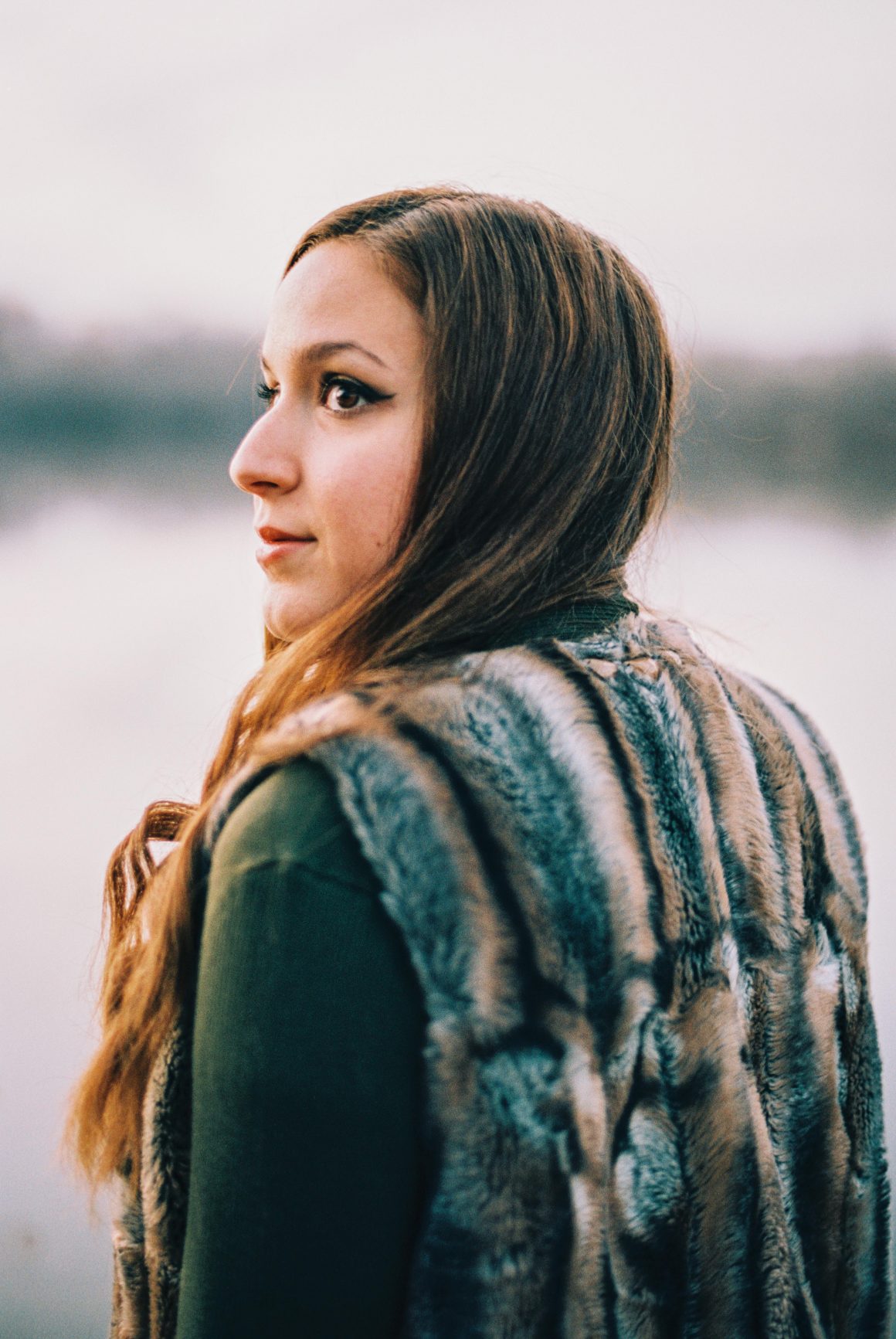



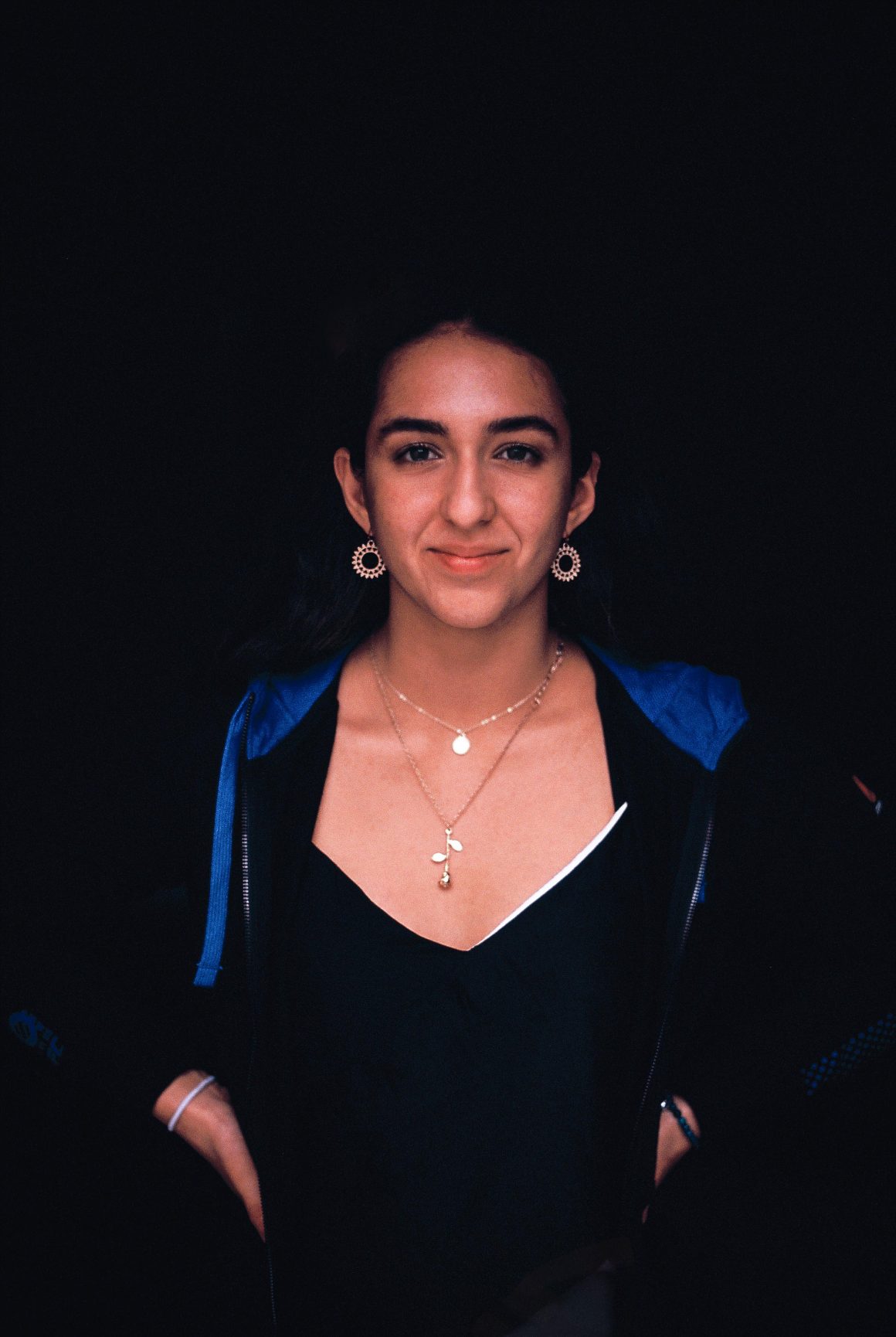
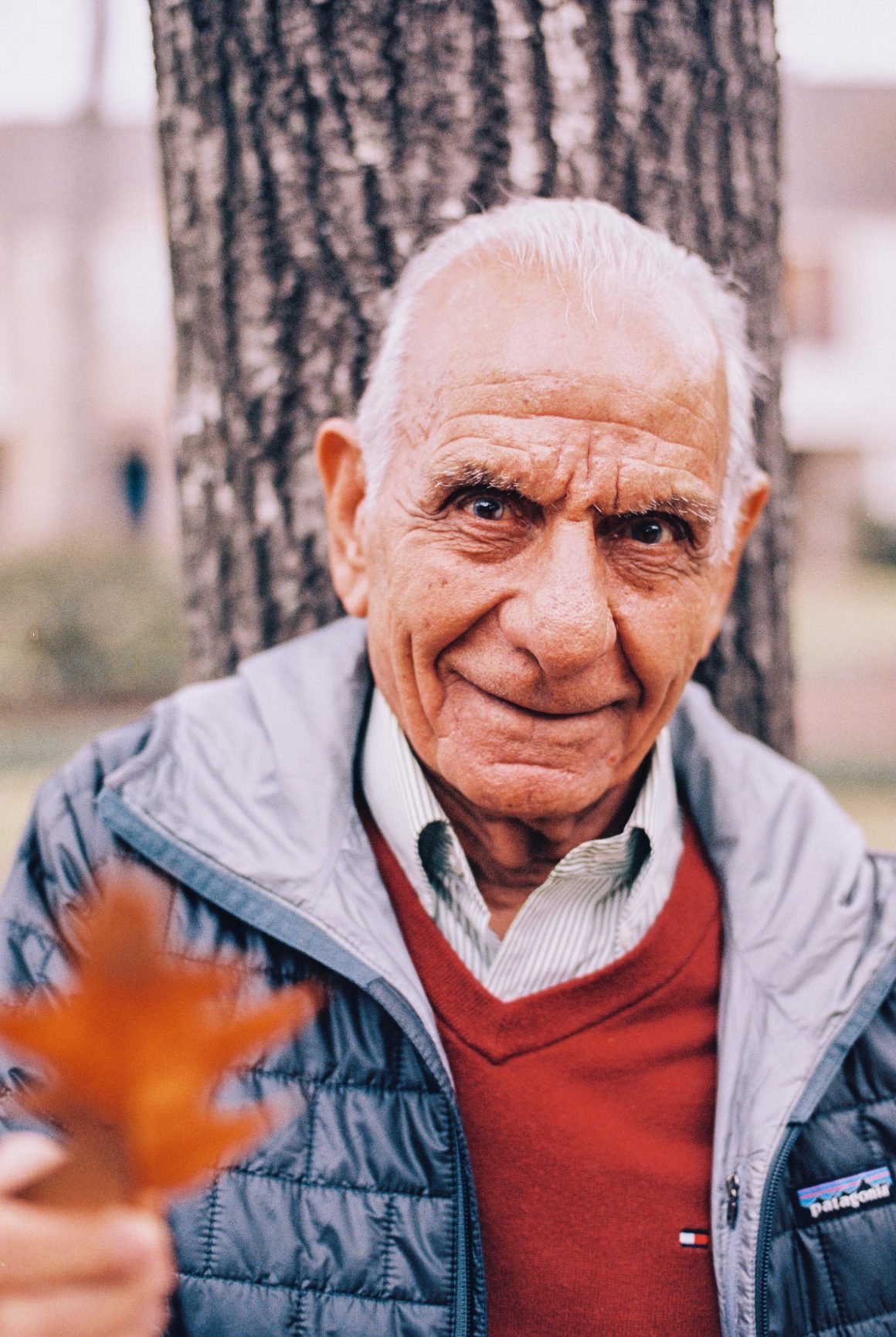
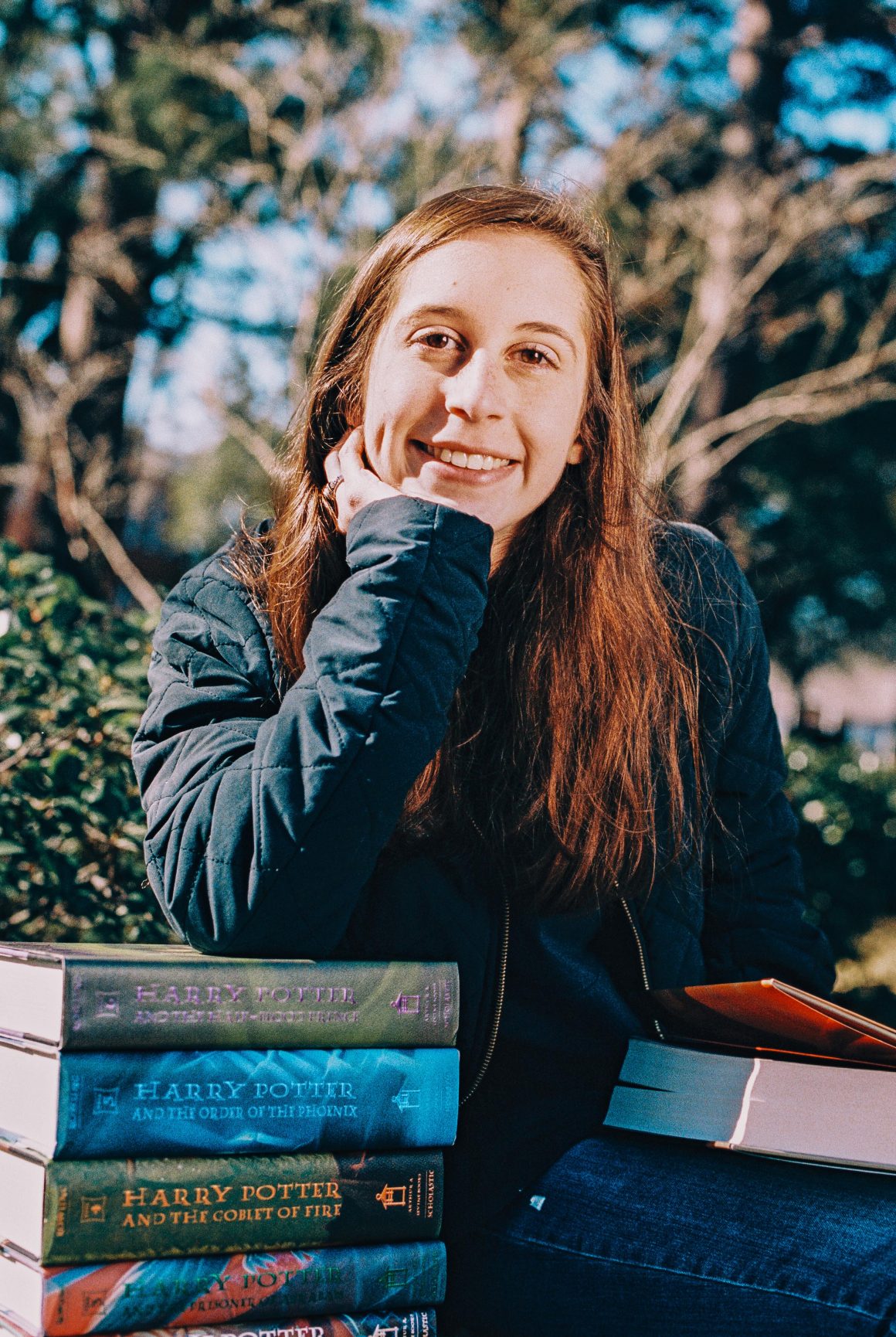
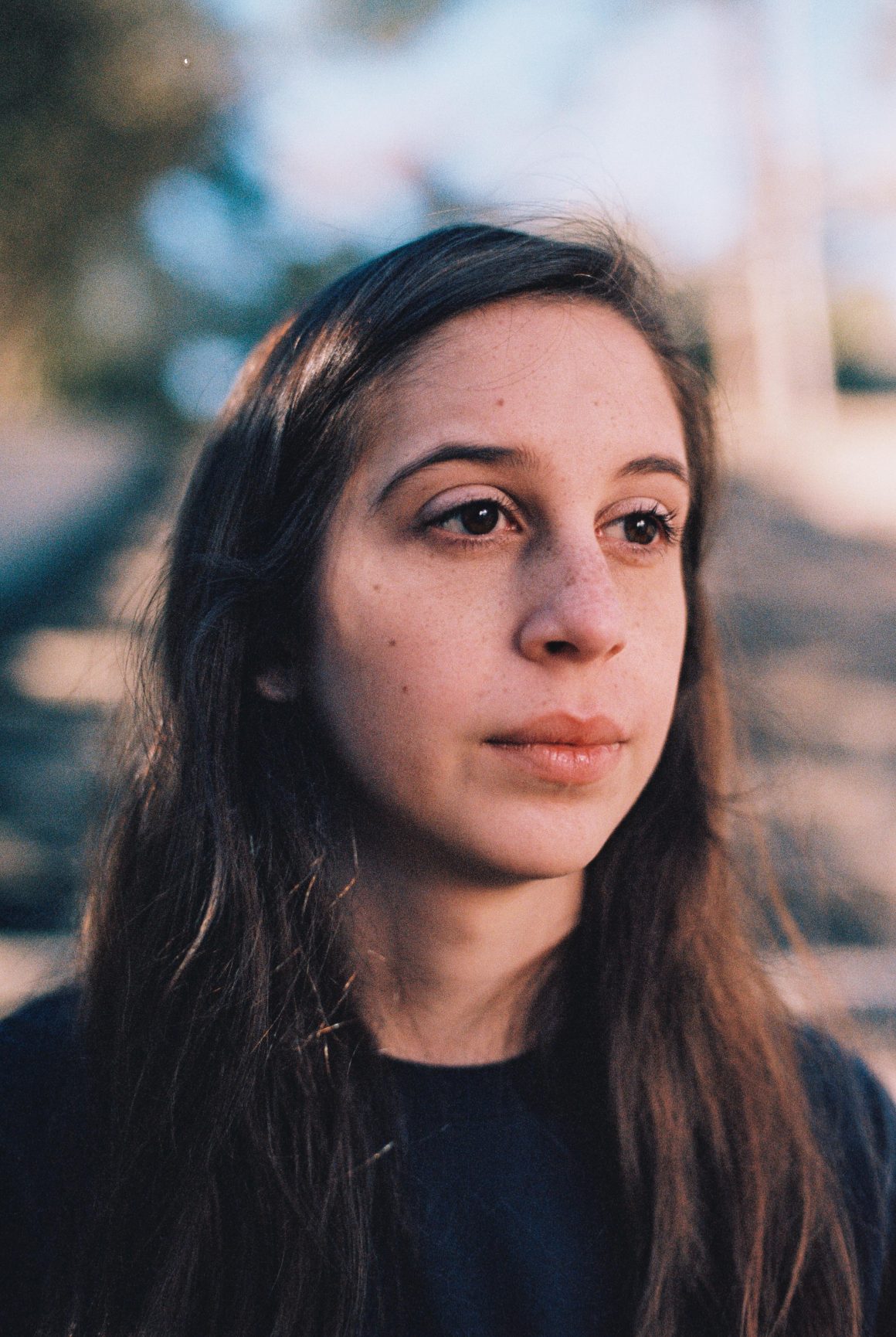
1 comment
Comment by Shahin
Shahin April 20, 2018 at 3:05 am
Scott,
I just discovered your blogs, I must say they are very good reads, I of course always knew you were (are) a talented writer. As for the subject of this particular post, I think film lives in a totally different world; not better, not worse, just different. It is, as you have put it, much more difficult to master and requires not only skill but also a lot more patience. It probably will not work for those who are used to immediate reward (mainly the present generation of the young), but for us old timers, it is doable, if we are just a tad bit more patient. The difficulty, I find, is the processing expense and legwork, as I know you have found out. It is also the lack of control over processing, unless you get your hands dirty. You can of course process things in the digital format afterwards, but I would argue that it is not the same thing.
In any case, this is already too long, I just wanted to tell you I enjoyed reading some of these posts. I will make it a point to come back and visit just to see what you have come up with, in your travels, and along the road of your experiences.